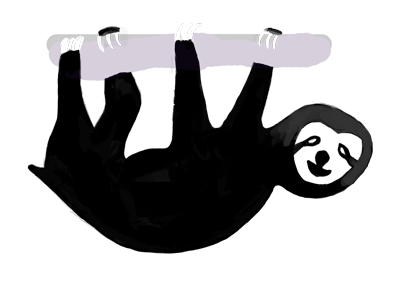-
The auto-layouts are brilliant, but I want to combine rows and columns in places.
-
My layouts are all based on (all dimensions in pixels) a 322 x 532 rectangle with 6px spacing into which are placed 100 x 100 square triggers with 5px spacing.
- A nice 15-trigger layout that deliberately mimics the 15-button StreamDeck.
- The auto-layouts make rearranging the Triggers easy. TY Andreas!
- Fwiw, I have settled on this general layout for all my Floating Menus.
-
The auto-layouts can be tweaked to break any square into 2 or 3 rectangles easily. Just divide 100 - (Number of Triggers added x spacing) and set that as the minimum …
- … height if using auto-row layout
- … width if using auto-column layout.
-
This has given me a lot of easy layout iterations as I work on my Floating Menus.
- Within the top-level layout of 15 square Triggers I can replace a squaare with two or three rectangles.
-
What I want now is to break the layout in to small pieces both vertically and horizontally.
- Afaict, the auto-layouts can’t do this (understandably).
- I tried to do it by setting a Trigger to “Absolute Position” instead of the other option, “Auto-position based on chosen menu layout”. This did not work. (The choice between the two option made me think it would.)
-
Can I keep using one of the auto-layouts and place Triggers by absolute position on the same Floating Menu?
-
Is there a better solution than changing the Floating Menu setting (not a Trigger’s setting) from auto-layout to “Manual Positioning by XY coordinates?
-
Illustrations
- General layout:
- General layout with mini-Triggers
- What I want to be able to do regularly (I want the ability to position the smaller Triggers independent of the auto-layout strictures).
- General layout:
"Sub Containers" like this are planned but not yet implemented. They will come once the iOS app for rendering the floating menus is released.
For now the only way to achieve this layout would be by using "Absolute Positioning" for some of the items.
Here is a simple example:
absolute_example.bttpreset (122.7 KB)
TY Andreas!
I look forward to your implementation as I’m sure it will be brilliant and usable and extend my reach. Until then, I will make do with “absolute positioning” as the only layout rule for every floating menu that I wish to configure with, as you call them, sub-containers (Triggers contained by a rule for their positioning). Absolute positioning will be, as you know, slower to set up and significantly slower to change the position of Triggers on the Menu, but has the advantage, pedagogical and practical, of having a one-to-one correspondence between positioning method and actual position.
Since I am making multiple Floating Menus all with the same dimensions (size, margins, borders) and mostly the same Trigger sizes, I will benefit from being able to reuse the absolute positions once I have determined them. For me, the dynamic Trigger positioning is great for figuring out which Action-sequences I want to bind to the Triggers placed on the Floating Menu (since re-ordering the Triggers in the list changes their position on the Floating Menu), and absolute position is somewhat beneficial for the final “Version 1“ of each Floating Menu.
Knowing the feature is currently unsupported even as the software pops up no warnings, saves me a good deal of time trying to figure out where I’ve gone wrong. Cheers!
You do not need to make the whole menu absolutely positioned, only the items that need to be positioned in different ways. But yes, it will become much easier once sub-containers are supported
I assumed you had to set the Floating Menu layout to absolute because I couldn't get this to work.
Two hours with your example and I have found two crucial settings.
- Afaict, the Floating Menu layout must be set to one of the two scrollable options. As soon as the layout is changed to one of the other two options — each is not scrollable — all Triggers that are positioned absolutely disappear. (There are surely subtleties I haven't yet discovered here.)
- When the Triggers show, they are effectively on their own layer (there is a dynamically-positioned-Triggers layer and an absolutely-position-Triggers layer, afaict). In order to get the Floating Menu you show in your screenshot, where the Triggers do not overlap, you must add a margin to one of the Triggers on the dynamically-positioned-Trigger layer. It must be dimensioned, and positioned relative to the selected Trigger, to make this work (will depend on which margin is selected, and whether the dynamic layout is by rows or columns).
In your example, you added to the Trigger I have labelled "8" a 102 px left margin.
This was unexpected and hard to find. Once I realized there were two layers, and "an object" on the dynamically-positioned-Triggers layer, I imagined an object that was invisible to me but "seen" by the other Triggers on the layer. Only after varying the size of the Floating Menu did I realize you had used a margin on a specifically-chosen Trigger.
Here, if it will post, is a short video showing me changing the overall dimensions of the Floating Menu:







